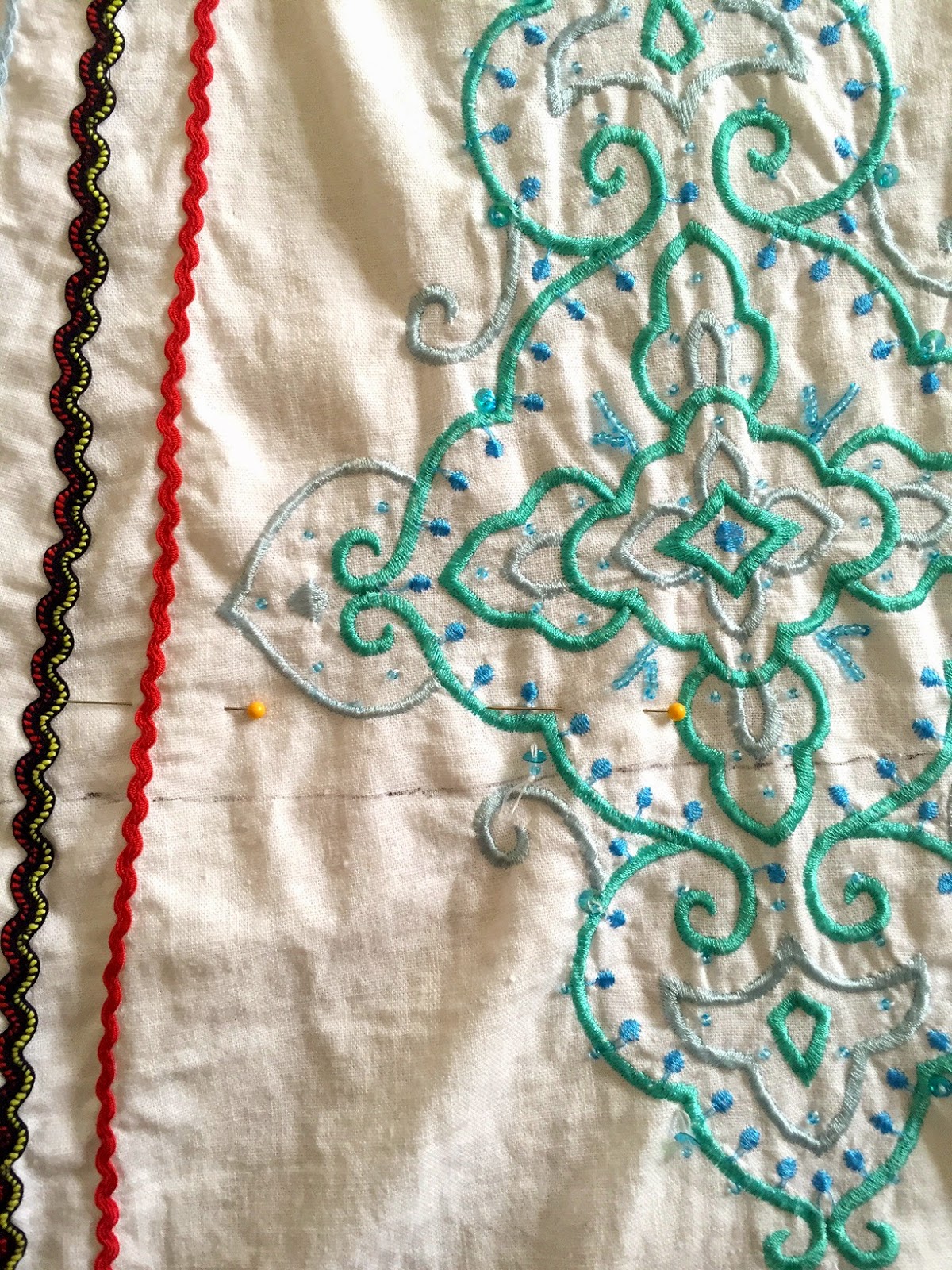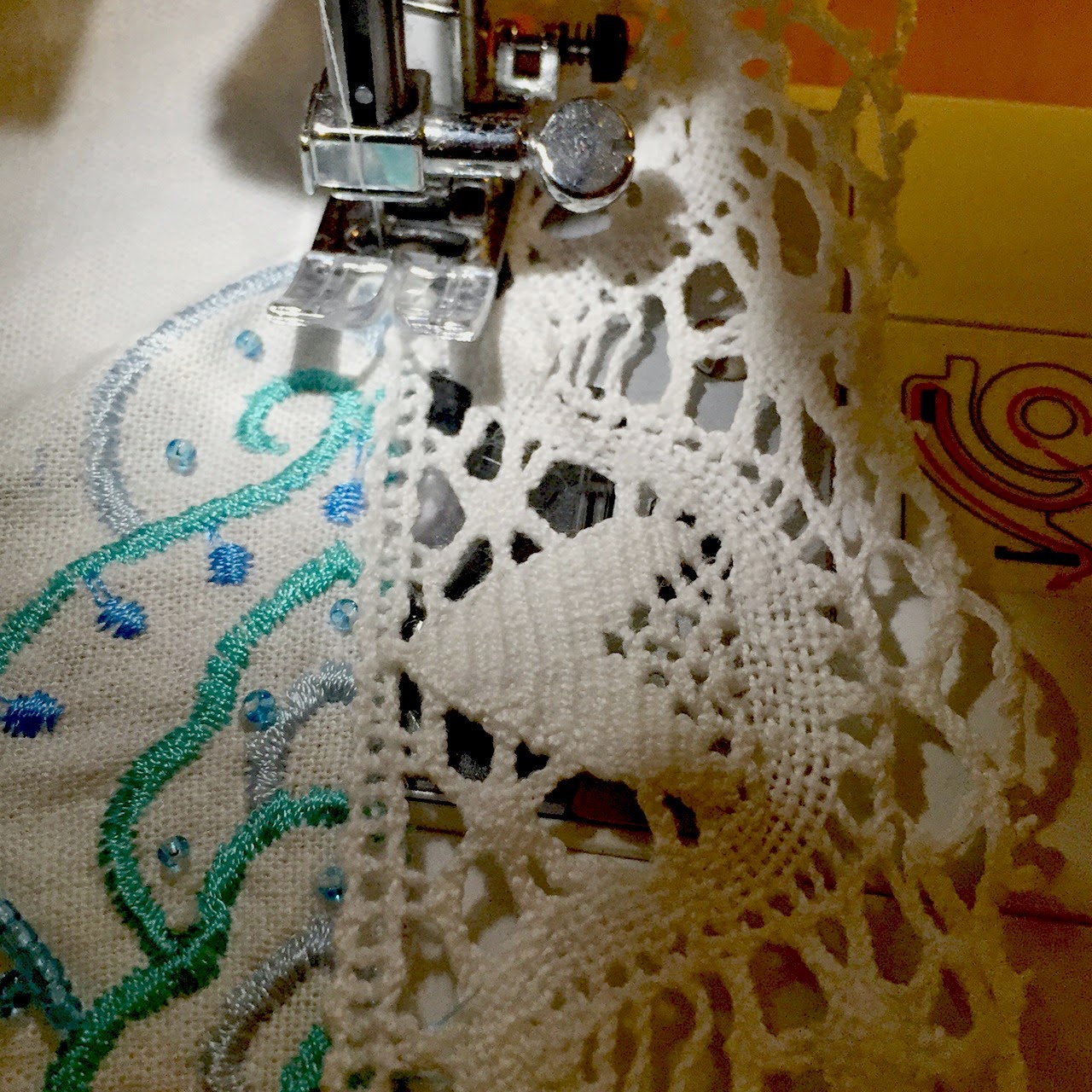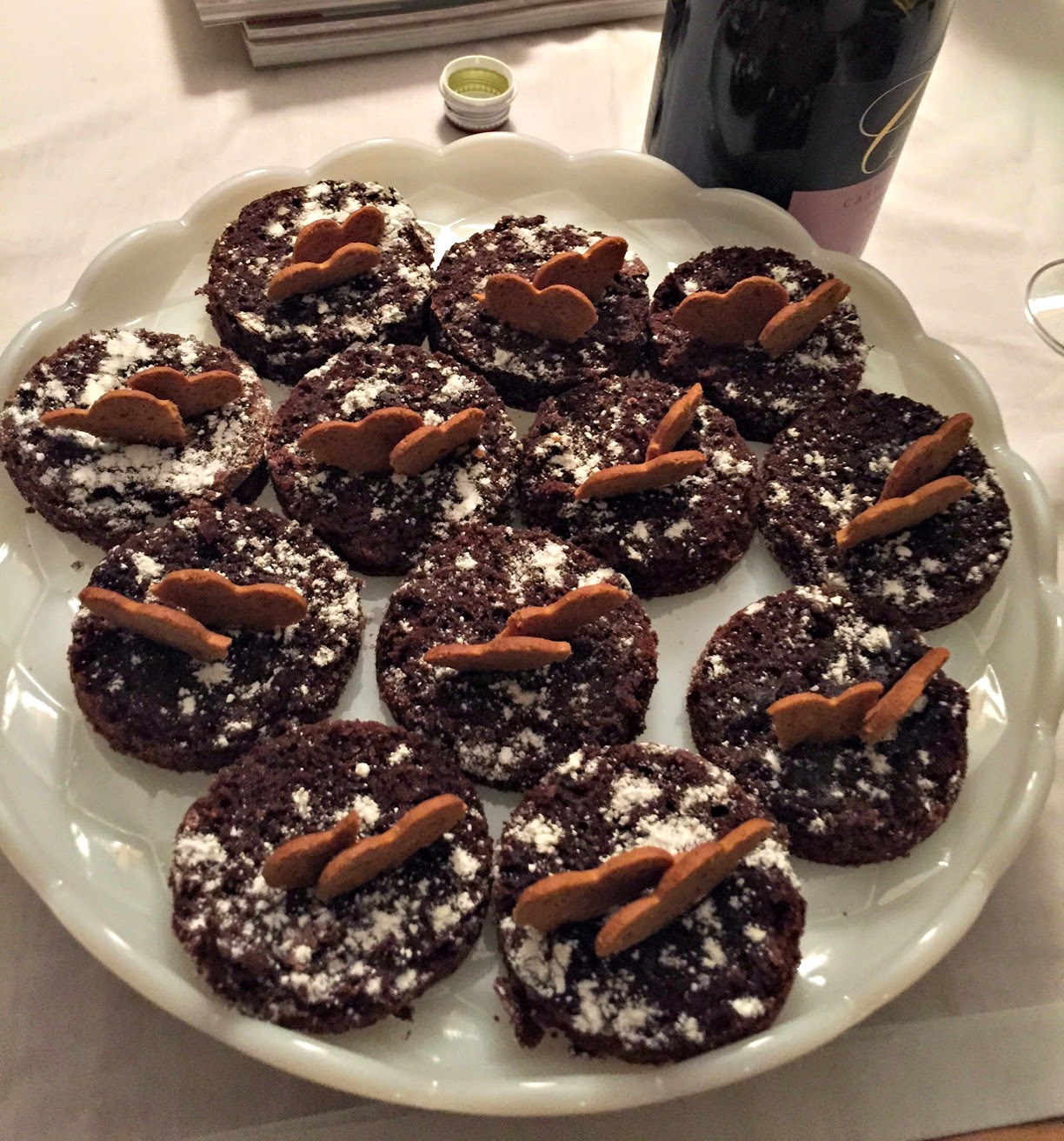Sprouting Lentils
My husband and I have had backyard chickens for the past two years. We live in an old inner ring suburb of Cleveland, Ohio called Cleveland Heights. It's a progressive community and a few years ago the city changed local zoning to allow residents to keep chickens. We'd always wanted chickens and didn't waste time getting a coup setup.Our lot is only about a fifth of an acre but we have plenty of room to designate to our birds while still allowing lots of usable space for us in the back yard. It's amazing how much you can do with even a relatively small lot. The steady stream of beautiful fresh eggs is totally worth the small amount of work that comes with having chickens.
Our girls are all cold-hardy breeds and when the ground isn't show-covered they free range and forage. When it's snowy they stay in the coup and run. Without having the ability to free range in bad weather, it's important to supplement their diet. We feed our girls table scraps throughout the year and in the winter I supplement their diet with sprouted lentils. Lentils are easy to sprout and a great source of nutrition for people and chickens alike. Our girls love them.
I buy organic green lentils in bulk at Whole Foods for $2.39 a pound. A pound of lentils lasts about a month and a half and keeps our chicks supplied with a steady stream of fresh treats. We eat them too - either by the handful as a snack, sprinkled on salads or ground up in smoothies.
Lentils are one of the easiest things you can sprout. All you need is a large jar, a scrap of fabric, a rubber band and some lentils (chick peas and mung beans also work well). If you'd like to try your hand at sprouting lentils follow these project steps.

Project Steps
Step 1: Start by soaking a half cup of lentils for between 12 and 24 hours. The lentils should be completely submerged in water with at least 2 inches of water covering them. This allows for them to stay submerged as they expand during soaking.
 |
| Hour 1 of soaking |
After 12 hours you will start to see the skins coming off the lentils. They will also have doubled in size.
 |
| Hour 12 of soaking |
Step 2: When you have reached the 12 hour mark, transfer the lentils into a large jar and rinse them 2 - 3 times. To rinse, fill the jar with water.
Cover the jar with either a sprouting lid or a scrap piece of fabric and a rubber band. I use these lids which fit a wide mouth jar and have been very happy with them. Tilt the covered jar and allow the water to drain out. Repeat the rinsing process 2 to 3 times.
Step 3: When the sprouts have been thoroughly rinsed, let the jar rest upside down at an angle for at least 10 minutes to allow any remaining water to drain out. After 10 minutes you can store them upright.
Step 4: Rinse and drain your lentils using the above process twice each day. I usually rinse mine in the morning while my dogs are eating and at night when I'm cleaning up after dinner. After one day a small sprout will appear from the side of the lentil. Each day the sprout will grow.
 |
| Day 1 |
 |
| Day 5 |
After 4 or 5 days your lentils are ready to eat. Enjoy!





























